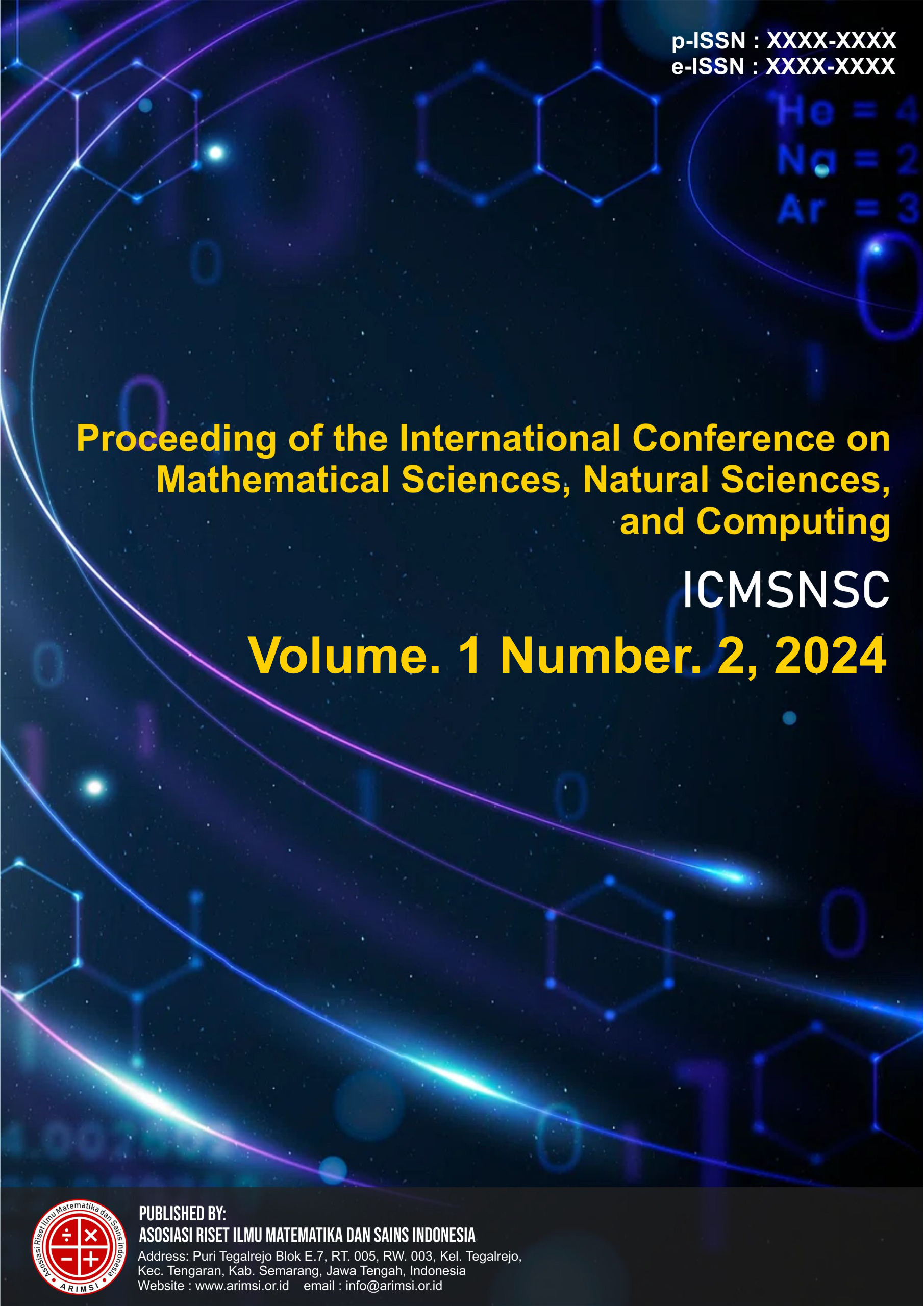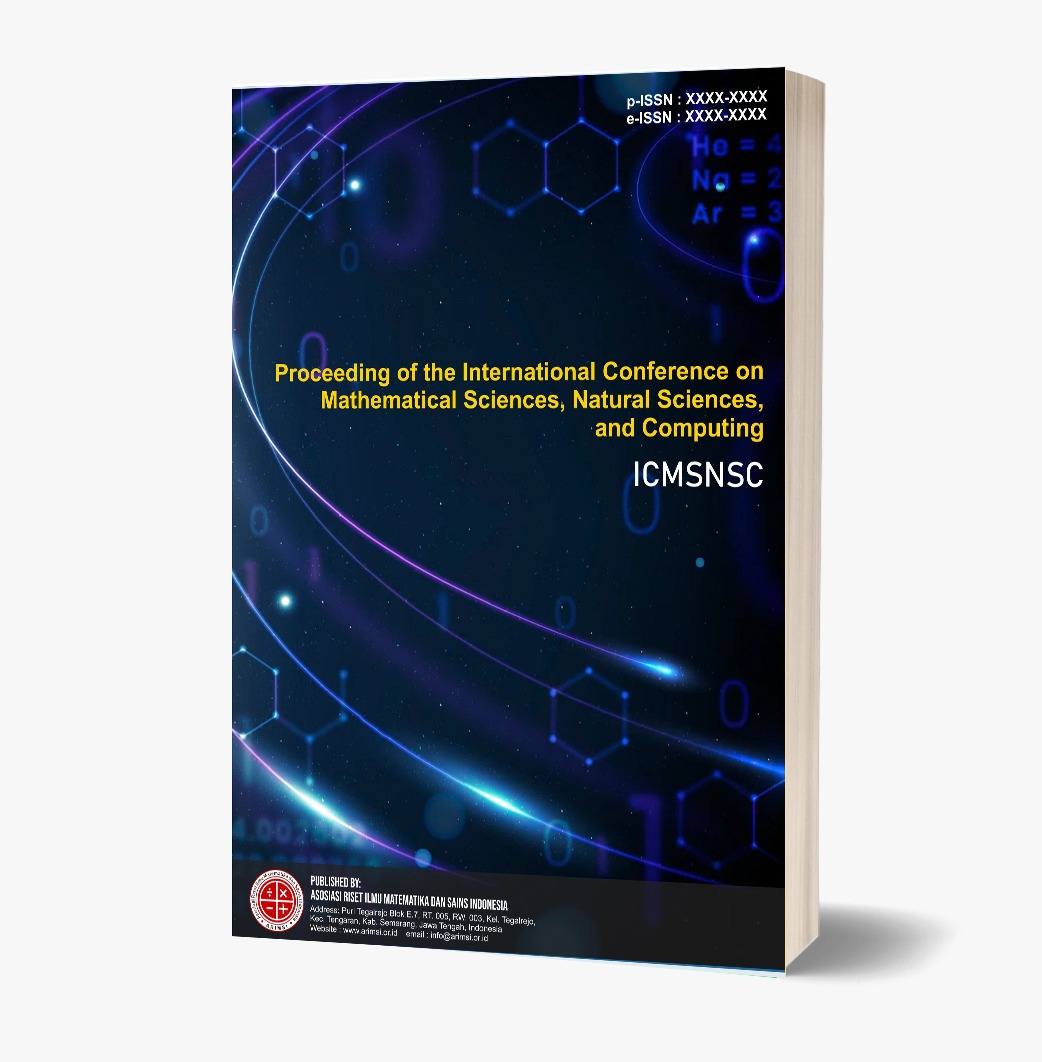The Influence of Graphic Design in Digital Marketing Industry: An Experimental Study
Keywords:
Graphic Design, Study, Marketing, DigitalAbstract
Graphic design has become a key element in shaping consumer perception and influencing engagement metrics in digital marketing. This study aims to explore the role of graphic design in the success of digital marketing campaigns through an experimental approach. The study compared the performance of visually optimized content with non-optimized content on various digital platforms, including social media, websites, and email marketing. The results of the experiment showed that content with optimized graphic design resulted in significant increases in consumer engagement, brand recall, and conversion rates. The increase in consumer engagement reached an average of 35%, while brand recall increased by up to 20% compared to non-optimized content. This study highlights the importance of integrating design aesthetics into digital marketing strategies to achieve higher effectiveness. The findings provide practical insights for marketing professionals in designing more visually appealing campaigns, while opening up opportunities for further research on the specific elements of graphic design that have the greatest impact on consumer behavior. Thus, this study strengthens the strategic role of graphic design in the era of digital-based marketing.
References
Barnes Alison, “The role of graphic design and branding in the creation of ‘authenticity’ within food packaging,” Int. J. Food Des., vol. 2, no. 2, pp. 169–188, 2017, doi: 10.1386/ijfd.2.2.169.
C. Liu, Z. Ren, and S. Liu, “Using Design and Graphic Design with Color Research in AI Visual Media to Convey,” J. Sensors, vol. 2021, 2021, doi: 10.1155/2021/8153783.
E. Gunawan, “THE INFLUENCE OF VISUAL ELEMENTS AND EASE OF USE ON PURCHASE DECISIONS THROUGH TIKTOK SHOP AMONG GEN Z,” vol. 12, no. 03, pp. 1350–1361, 2024.
E. K. Ocran, O. A. Adebanji, and S. Sarpong, “Evolution of Design in Advertising (From Traditional to Digital) Embraced by Industry Professionals Ihsan,” J. Tour. Hosp. Sport., vol. 40, pp. 2312–5187, 2019, doi: 10.7176/JTHS.
F. Kujur and S. Singh, “Visual communication and Consumer-Brand relationship on Social Networking Sites - Uses & Gratifications Theory Perspective,” J. Theor. Appl. Electron. Commer. Res., vol. 15, no. 1, pp. 30–47, 2020, doi: 10.4067/S0718-18762020000100104.
G. a Iyama, “Consumers Attention and Interactivity towards Online Visual Advertisements : The Graphic Designers ’ Peremptory Challenges .,” Arts Des. Stud., vol. 7, pp. 49–55, 2013.
H. Y. Lee et al., “Culture conversion rate at 2 months of treatment according to diagnostic methods among patients with culture-positive pulmonary tuberculosis,” PLoS One, vol. 9, no. 8, pp. 8–12, 2014, doi: 10.1371/journal.pone.0103768.
M. Mohammad, A. Zakaria, and M. Doheir, “Integration of Artificial intelligence along with AR and VR to ensure Prosperous Future in Digital Marketing performance : A Conceptual Paper,” Nanotechnol. Perceptions, vol. 6, no. 6, pp. 1663–1675, 2024.
Rice et al., “The impact of graphic design on attention capture and behavior among outdoor recreationists: Results from an exploratory persuasive signage experiment,” J. Outdoor Recreat. Tour., vol. 42, no. January, 2023, doi: 10.1016/j.jort.2023.100606.
S. Tjahyadi and W. Antonio, “Analisa Pengaruh Desain Grafis pada Konten Media Sosial terhadap Daya Tarik Pengguna dari Generasi Z di Kota Batam,” J. Educ., vol. 5, no. 3, pp. 9523–9539, 2023, doi: 10.31004/joe.v5i3.1825
Wong, S. Chiang, M. Z. Idris, and T. W. Chuen, “Is Graphic Design Being Taken Seriously as a Profession?,” J. Arts Soc. Sci., vol. 3, no. November, pp. 1–9, 2019.
Z. Prayogo and I. Sumarlan, “Optimizing Digital Marketing Communication Strategies : A Case Study of the @ Indibiz . Yogyakarta Instagram Account in Attracting Consumer Interest,” vol. 4, no. 1, pp. 172–182, 2024, doi: 10.12928/sylection.v4i1.18719.






